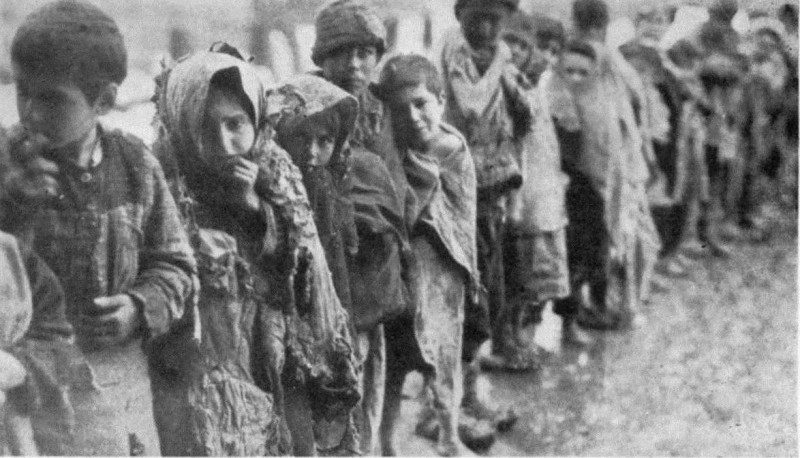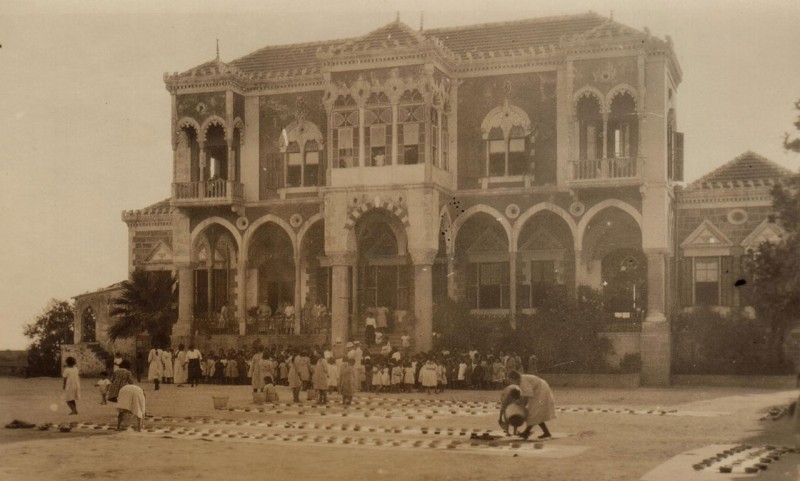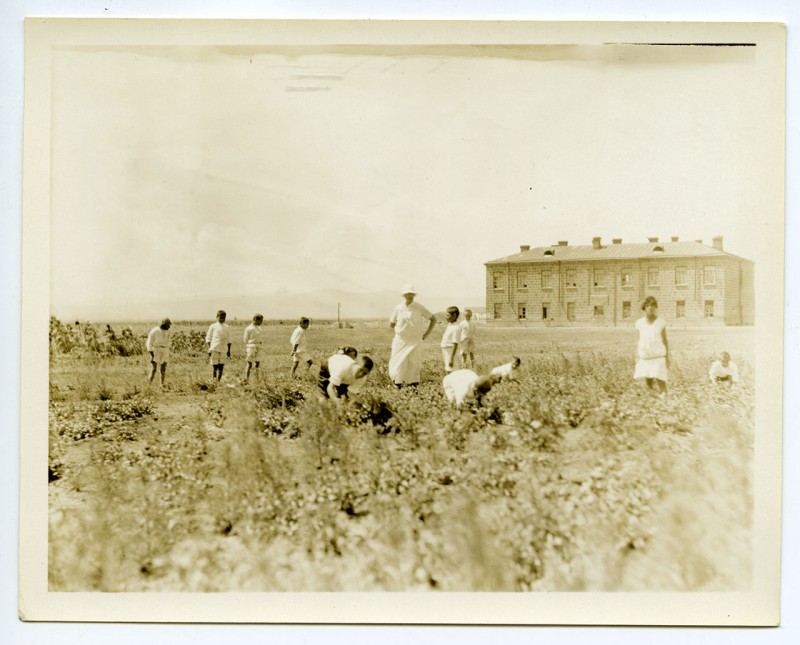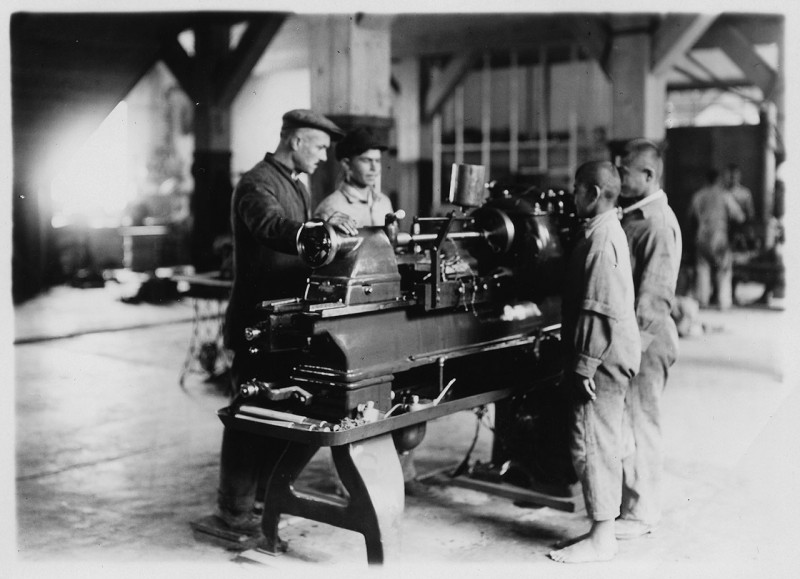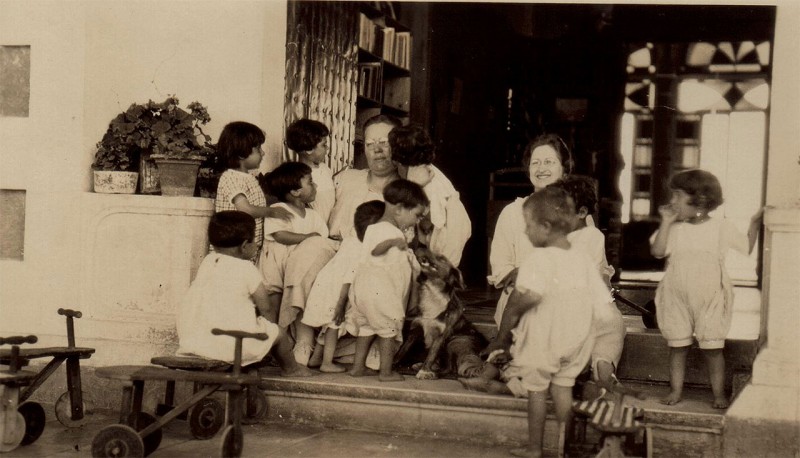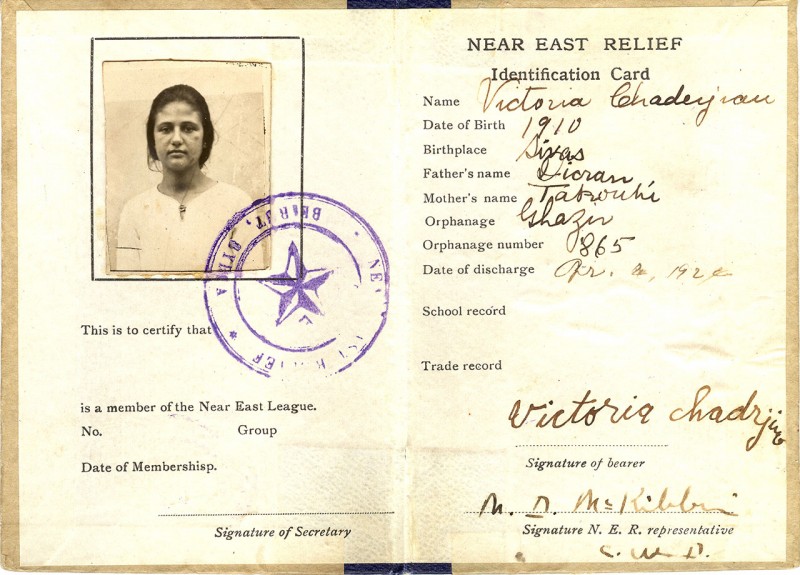January 1919
The Youngest Survivors
As World War I drew to a close, Near East Relief turned its attention to the thousands of refugee children scattered across the Anatolian Peninsula. Through careful budgeting, Near East Relief determined that it could feed each child for $0.17 per day. The organization set out to raise an unprecedented $30 million for direct relief.
